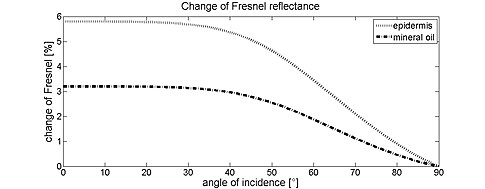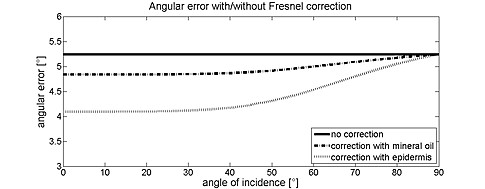
Dipl.-Inf. Eva Eibenberger
Alumnus of the Pattern Recognition Lab of the Friedrich-Alexander-Universität Erlangen-Nürnberg
Material-dependent Illumination Color Estimation
The neutral interface reflection (NIR) assumption is a widely accepted theory in computer vision. According to the NIR the color of specularities of dielectric materials is the color of the incident illumination and the influence of the Fresnel reflectance is neglected. We show, that there is a material- and geometry-dependent shift between the color of the specularity and the color of the incident light due to the Fresnel effect which for human skin can be up to approximately 5.8%. As the NIR concept is often the core idea of specularity-based illuminant-color estimation techniques, the ignored Fresnel effect introduces a systematic error in the estimation result. We thus propose a material-dependent rectification method for correcting this color shift. Our experiments on human skin regions show an average improvement of the illuminant color estimation of about 30%.


(Left) The Fresnel reflection at the interface of an object results in a color shift between the color of the illumination and the color of the specularity. For the epidermis, this shift can be up to 5.8 %. As the NIR assumption does not account for this color change, the estimated illumination color differs from the true color. (Right) A simple correction scheme can reduce the error which was introduced by the NIR assumption by up to 30 %.
My research is funded by the ![]() International Max Planck Research School (IMPRS) for Optics and Imaging and the
International Max Planck Research School (IMPRS) for Optics and Imaging and the ![]() Erlangen Graduate School in Advanced Optical Technologies (SAOT) by the German National Science Foundation (DFG) in the framework of the excellence initiative.
Erlangen Graduate School in Advanced Optical Technologies (SAOT) by the German National Science Foundation (DFG) in the framework of the excellence initiative.




